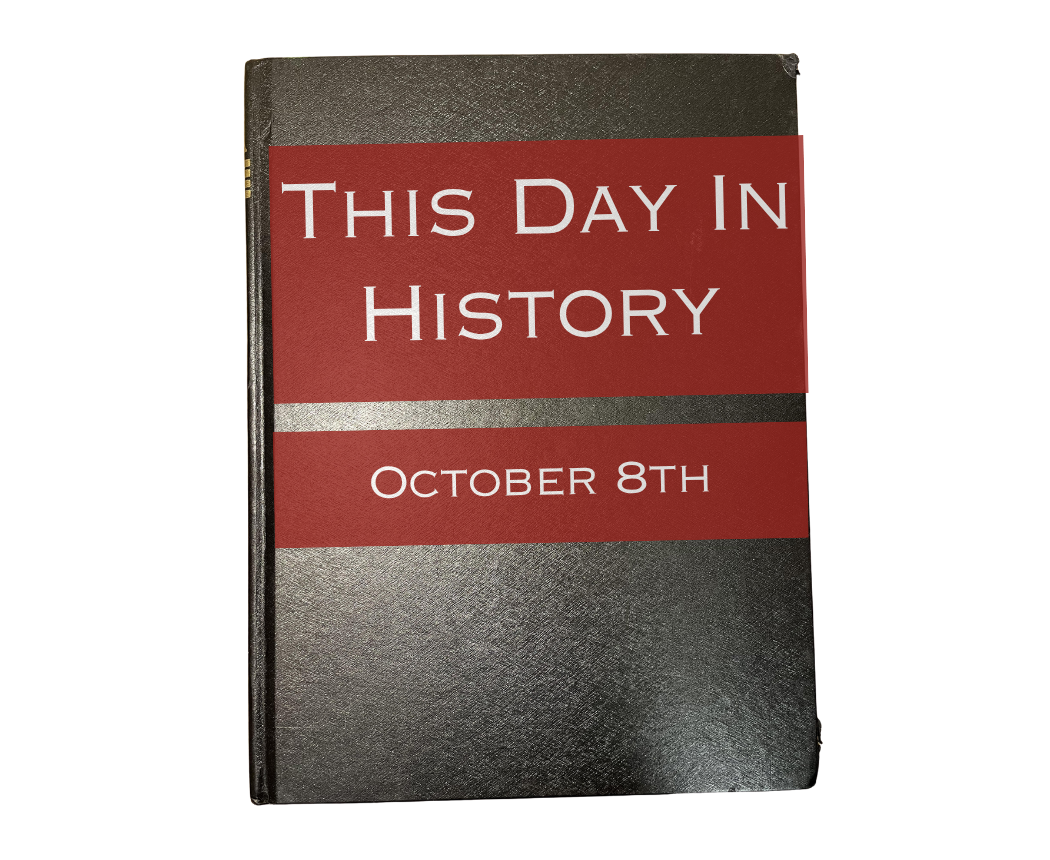In the fall of 1871, Chicago, Illinois was one of the fastest growing cities in the world, with a population slightly under 300,000 people. It was a hub of industry, immigration, and transportation between the eastern and western U.S. But a period of warm, dry weather accompanied by wind made the city ripe for a conflagration (large fire). At 8:30 p.m., a fire started on the Near West Side of the city at the O’Leary’s barn. There is debate on the exact cause of the fire, with a cow knocking over a lantern likely being one of the best known versions.
Anyhow, the alarm was raised and the Chicago Fire Department raced to the scene, only to end up in the wrong area, allowing the fire time to grow. By the time they arrived, the entire barn was engulfed in flames and beginning to hop to neighboring structures. Worse still was that Chicago’s structures were mainly built of wood and topped with tar, both highly combustible. The fire would rip rapidly northeast into the heart of the city as people fled in terror, carrying what they could with them. The fire was so intense, it jumped the Chicago river two times.
By the time the Great Chicago Fire was over, approximately 300 Chicago residents were killed in the conflagration, over 100,000 left homeless, and 3.3 square miles of the city were reduced to charred rubble. The fire did, however, give way for change that would make Chicago, and other cities, less likely to suffer another Great Fire once they rebuilt.
Here is one final fact that very few know about the Great Chicago Fire, or at least, in relation to it: it was not the only large conflagration in that region in 1871, nor was it even the deadliest! The area around the Great Lakes saw a particularly dry summer, resulting in fires that burned over 3 million acres of land. The deadliest wildfire in recorded history occurred on the same day of the Chicago fire, in Peshtigo, Wisconsin, with the highest estimate being 2,500 killed! But it was largely overshadowed by the infamous fire in Chicago.


